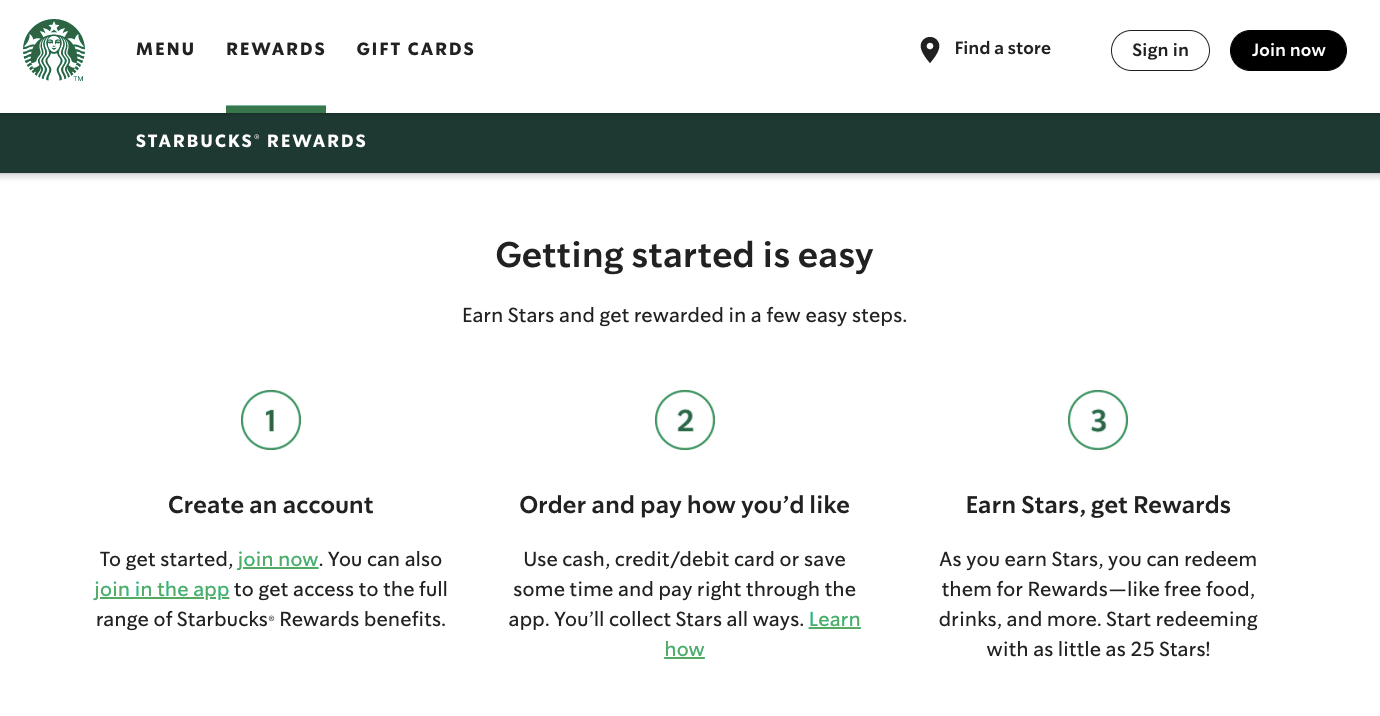Global e-commerce sales are expected to reach $7.4 trillion dollars by 2025. And this year, the spotlight is on direct-to-consumer selling.
The DTC business model has exploded in popularity in recent years, particularly after the pandemic. Many businesses believe that selling directly to consumers is the most excellent method to grow their market share, while others believe it is necessary.
The trend began with simple-to-ship things like beauty and clothing and extended to more expensive, sophisticated items. Now, as e-commerce sales continue to climb, this trend shows no signs of diminishing.
In this article, let's take a closer look at DTC. Specifically, we will share trends for brands looking to embrace direct-to-consumer selling.
Why direct-to-consumer is trending in 2022?
There's no denying that the COVID-19 outbreak altered the commercial landscape. Traditional merchants increasingly rely on DTC technologies to grow their businesses. It is simpler for companies to generate significant amounts of income with this method since it is the most trustworthy and has a broader audience.
The direct-to-consumer business model has grown in recent years, aided by the digitization brought on by the worldwide pandemic. Now, the number of DTC consumers grows every year, as does the average spend per buyer.
According to eMarketer, 103.4 million US customers will buy from a DTC e-commerce company in 2022. Many analysts predict that this tendency will continue to expand.
Direct-to-consumer trends
So, without further lead-in, let's jump into six DTC trends you can expect to see as the market grows.
1. SMS and IM marketing grows
Even though numerous "native" purchasing features are available on Facebook and Instagram, social media users aren't buying as much as expected. The intimacy of direct connection with the consumers simply isn't there. Enter SMS and IM (Instant Messaging) marketing.
These are some of the most effective strategies to recoup the income that's been lost. It takes 90 seconds for someone to respond to a text message, while it takes an average of 90 minutes to check and respond to an email. SMS has shown to be the most effective in abandoned carts issues, customer support inquiries, and marketing new product releases and seasonal specials.
SMS and IM are more customized ways for companies to communicate with their audience. Inboxes and social media feeds become more flooded with adverts and branded material from department shops and retailers. Messaging offers something fresh.
2. Content marketing proves vital in building an online presence
Numerous DTC retailers have met with disaster in the wake of high-profile launches. Among that bleak backdrop, content and commerce can and should be profitably united, and companies should take advantage of content marketing.
The strength of content rests in its ability to infiltrate an audience's heart and mind through a well-told, consistent tale that centers on people rather than things. With more than 77% of companies choosing content marketing to expand their presence, it’s high time small businesses take advantage of this too.
In particular, we will see the AIDA model continue to remain popular. The AIDA is a model linking objective KPIs to subjective experiences. It comprises:
- Attention. The content must stop the consumer.
- Interest. The content must hold the consumer.
- Desire. The content must make the consumer explore further.
- Action. The content must effectively set up the desired result (a sale).
The AIDA doesn't just apply to content marketing. E-commerce brands can leverage it for other popular forms of selling like drip email marketing and social media marketing, too. Like content marketing, brands would be smart to leverage these as customer retention strategies in 2022.
3. Offline selling remains important
Although direct-to-consumer sales are popular on the internet, they are not exclusive. While e-commerce is fantastic for many businesses, it has its flaws like website downtime and a lack of personalization for local customers.
A physical store may serve as a venue for customers to examine things in person before buying them and an alternative marketing channel that can help offset the high advertising expenses associated with attracting clients only online.
As e-commerce becomes increasingly saturated with competition, DTC brands will have to lean more on brick-and-mortar retail to stand out.
4. Consumers want subscription-based options
The subscription model is becoming increasingly popular among DTC businesses. Why limit yourself to a one-time sale when you can keep a customer for months or even years? Many DTC businesses even make subscriptions their whole business model.
With the number of online purchasers expected to reach 291.2 million by 2025, three-quarters of DTC businesses are expected to offer subscription services.
Subscriptions are popular because they are convenient. Subscriptions allow customers to "set it and forget it." They don't have to remember to shop because they're immediately invoiced and sent the products they usually buy.

When customers sign up for a subscription, they effectively commit to buying from you for a set length of time. Many DTC businesses, especially those that rely on extensive marketing and advertising budgets to generate revenue, count on that steady, constant income.
5. Brands experiment with new products
One of the most typical ways DTC businesses attain enormous success after debut is product diversification. It reduces risk in the case of a downturn in the business and provides an additional barrier to competition.
DTC brands frequently employ two methods of diversification:
- The brand expands personalization, color, and size choices for everyday items
- The brand grows to include a wide range of typically complimentary items
Also, feedback is key to growing your business regarding new products. By interacting directly with your customers and collecting their feedback, you will improve your existing services and products and create new products based on customers' needs.
Many brands employ custom web applications, mobile apps, chatbots, and web pages to accompany new products. They do this by hiring developers in large numbers. This helps companies outsource software development to an overseas programming team, thus saving costs.
6. Loyalty programs become key in consumer retention
A loyalty program is a technique for providing excellent customer service by rewarding recurring purchases with benefits. A well-executed program may boost engagement, leading to higher retention rates.
These loyalty programs come in many forms. For example, customers can accumulate and redeem points for gifts or discounts in specific schemes, while others get rewards based on minimum purchase requirements.
If done correctly, loyalty programs are worth every penny. According to research, loyalty programs may contribute up to 20% of a company's earnings. In addition, consumers are more inclined to support a brand that provides a loyalty program, according to 84 percent of respondents.
Perry Ellis, a DTC brand, has a rewards program. Members receive free delivery and accumulate points for future purchases. Members join up for different tiers, with gold members earning twice as many points as silver members. It's a system that encourages customers to spend more — and spend it more frequently.
Starbucks also has a rewards program. Here's how it works:

To take advantage of loyalty programs, small businesses should give back through rewards and giveaways. If you're looking for inspiration, try these giveaway ideas.
Direct-to-consumer brands to draw inspiration from
Now that we've covered seven trends to watch for, let's conclude by looking at two brands that do DTC well: Allbirds and Bombas.
Allbirds
Allbirds, a footwear company, is an excellent illustration of how direct-to-consumer firms can maintain a physical presence in large cities without depending on big-box stores to sell their products. The Allbirds' website accounts for a significant portion of the company's revenue. Allbirds does, however, have physical locations throughout the world to reach consumers who wish to try on shoes and get assistance from in-store associates.
Their continual dedication to building customer relationships has resulted in a $1.4B private evaluation, generating $100M in annual revenue. These numbers are impressive considering they started only six years ago in a competitive industry.
Allbirds is a 3,500 Certified B Corporation — or a company that meets the highest environmental performance, legal accountability, and transparency standards.
Bombas
Bombas is an excellent example of a DTC brand that succeeds by focusing on a single product. The shop, which started as a sock firm, now handles 97 percent of its business online, with no big-box retailer or marketplace collaborations insight. After growing and perfecting its initial core business, Bombas has recently moved into additional product lines such as shirts and slippers.
To date, it has contributed more than 50 million products to over 3,500 community groups. As a result, 67 percent of DTC customers purchase Bombas products because of its charity objective.
While known for its charity, Bombas also conducts digital events. These are a powerful pull and have cemented the brand's online presence.
Adapt to DTC and become a more successful brand
Even as the market grows more competitive, DTC firms will have plenty of opportunities in the coming years to create their distinctive brand voice and express it to their target audience.
Now that you've gone through a list compiled of DTC trends to keep an eye on, apply them to your own business — whether it's expanding your sales internationally, or experimenting with a new subscription model.
Making such adjustments might be costly, but the benefits are significant. Ecommerce has proved that it will continue to develop. DTC is a crucial area where businesses can improve their relationship with e-commerce to maximize its benefits and remain competitive in a more online world.
What are you waiting for? It’s time to hop on the trend and get your company to the next level.
This is a guest post by Mark Xavier Quadros.
About author:
Mark Quadros is a SaaS content marketer that helps brands create and distribute rad content. On a similar note, Mark loves content and contributes to several authoritative blogs like HubSpot, CoSchedule, Foundr, etc. Connect with him via LinkedIn or Twitter.
✍️ Want to write for us? Check out our guest blogging guidelines here.




